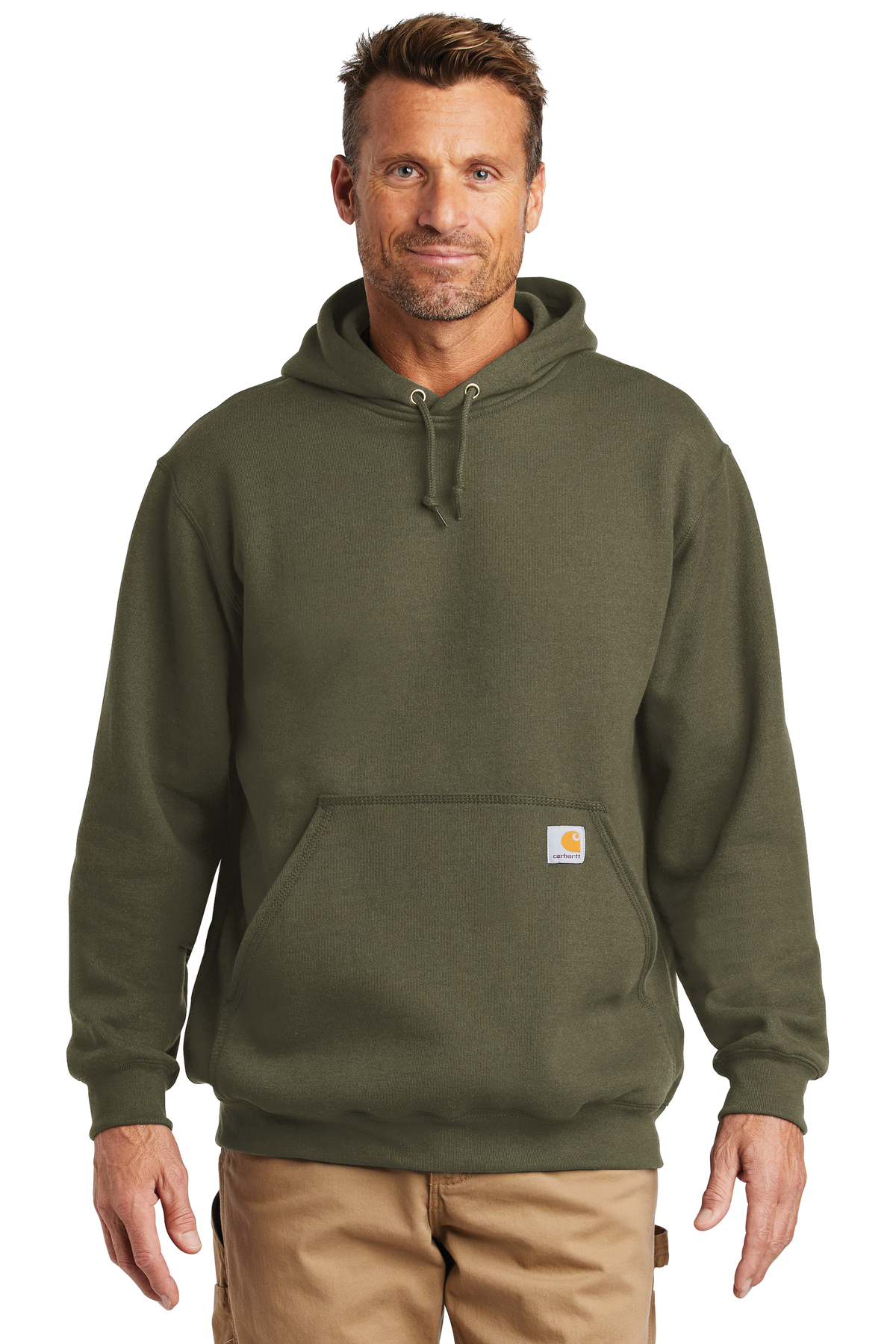Things to Consider When Deciding on the correct Sweatshirt

Sweatshirts are long-sleeved tops that are constructed from thick cotton fabric. They are usually used for casual wear, and are not as formal as sweaters or cardigans. They may not have an Hood. If you're interested in buying a sweatshirt here are some suggestions:
Norma Kamali sparked the appeal of sweatshirts

Since the end of the 70s, Norma Kamali has been turning the humble sweatshirt into an art form. Her designs are now an integral part of almost all women's wardrobes. Her unique styles range from a tummy-tucking crew neckline to leather-paneled sweatshirts. She has also created clothing in unique designs, like a tank top with long trumpet skirt.
A partnership between the designer and the manufacturer of sweatshirt s Everlast resulted in her Timeless collection, which was an instant hit when it was featured in Spiegel's spring 2006 catalog. The collection was made up of knits that could be interchangeable or convertible in classic silhouettes and a lot of pieces were priced under $20. Even if Kamali's Timeless collection wasn't available in stores, customers were able to find the items through eBay as well as Poshmark.
Merino wool sweatshirts feel more comfortable than sweatshirts with soft fabrics.
Merino wool is renowned for its moisture-wicking properties which help to keep you comfortable and dry. This is a naturally-occurring fiber and also offers a more comfortable feel. sweat shirts drys quickly in comparison to other natural material. Furthermore, merino is a renewable resource. The merino sheep shed their coats each year and grow new ones.
The warmth-to-weight ratio of merino wool makes it popular for sweatshirts. It helps to regulate the body's temperature because of its natural loft, which holds heat in the fibers. This is the reason Merino wool sweatshirts are perfect for outdoor activities in the summer, such as mountain biking, hiking, and running. The warmth they offer helps keep the wearer cool and dry, which is important when working out.
Zip-front hoodies feature kangaroo pockets.
Kangaroo pocket Hoodies are a well-loved style of hoodies. These hoodies feature a huge pocket in the front, which helps keep your hands warm during cold days. They are much more practical than traditional pockets as they allow your hands to slide in and out effortlessly.
Kangaroo pockets are usually large enough to hold the wallet, or other small items for personal use. They are commonly big enough to hold a small hand and are large enough to accommodate two hands. They have wide openings on either side and are ideal for carrying small items.
French terry fabric is a popular fabric for sweatshirts.
The French Terry fabric is composed of soft yarns that are knit into loops and is typically midweight. It is also noted as a fabric that wicks away moisture and is already pre-shrunk. French Terry is an excellent choice for sweatshirts because it is warm when you need it and keeps you cool when you're trying to cool down.
French terry is also popular for loungewear, since it has enough stretch and flexibleness to feel great against your skin. It also allows for enough air to circulate through the fabric, which makes it ideal for layering under other clothes. Additionally, since it's lighter than other sweatshirts you can wear it throughout the year without feeling hot or cold.
Hoodies can be classist.
While it could appear that hoodies are an appropriate attire item for those who are working class, the reality is that they have a classist connotation. Hoodies were first used in the early 70s New York, where graffiti artists wore them to hide their identities. In 1976 Hoodies made their main appearance in the film "Rocky," when the character from the working class wore gray sweats that were hooded during his memorable climb up the steps of the Philadelphia Museum of Art.
Hoodies are often associated with death, destruction, and other undesirable items, yet they also serve practical purposes. For instance, monks and priests might wear hoods in order to display modesty and inward focus.
